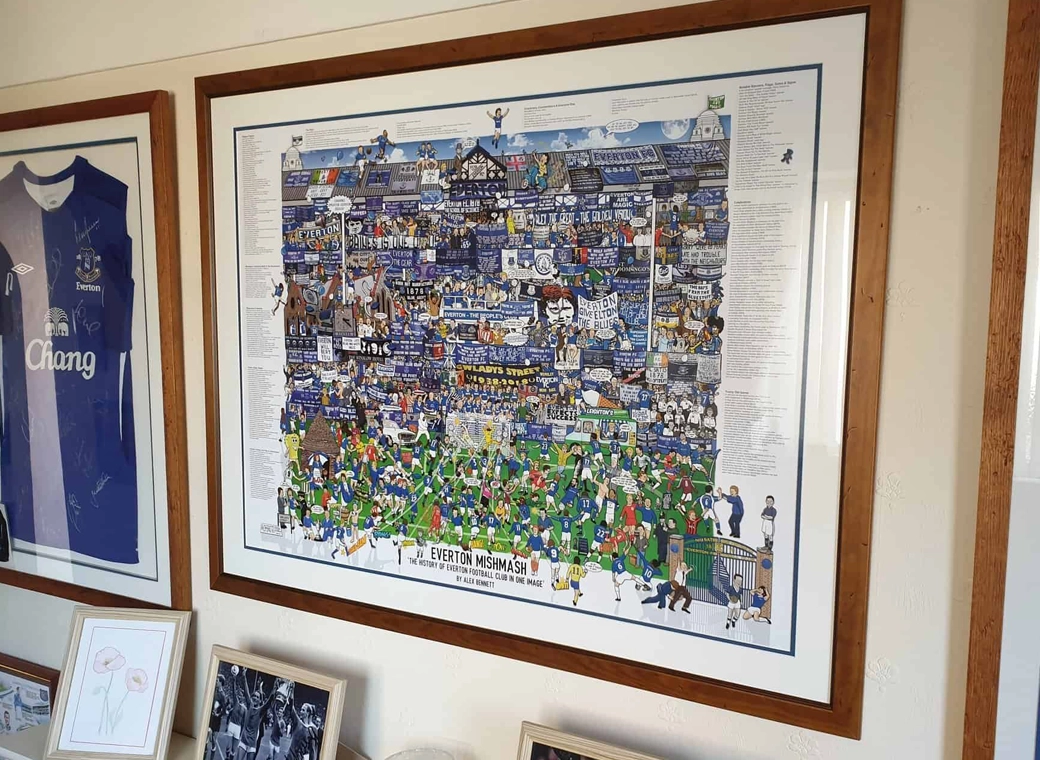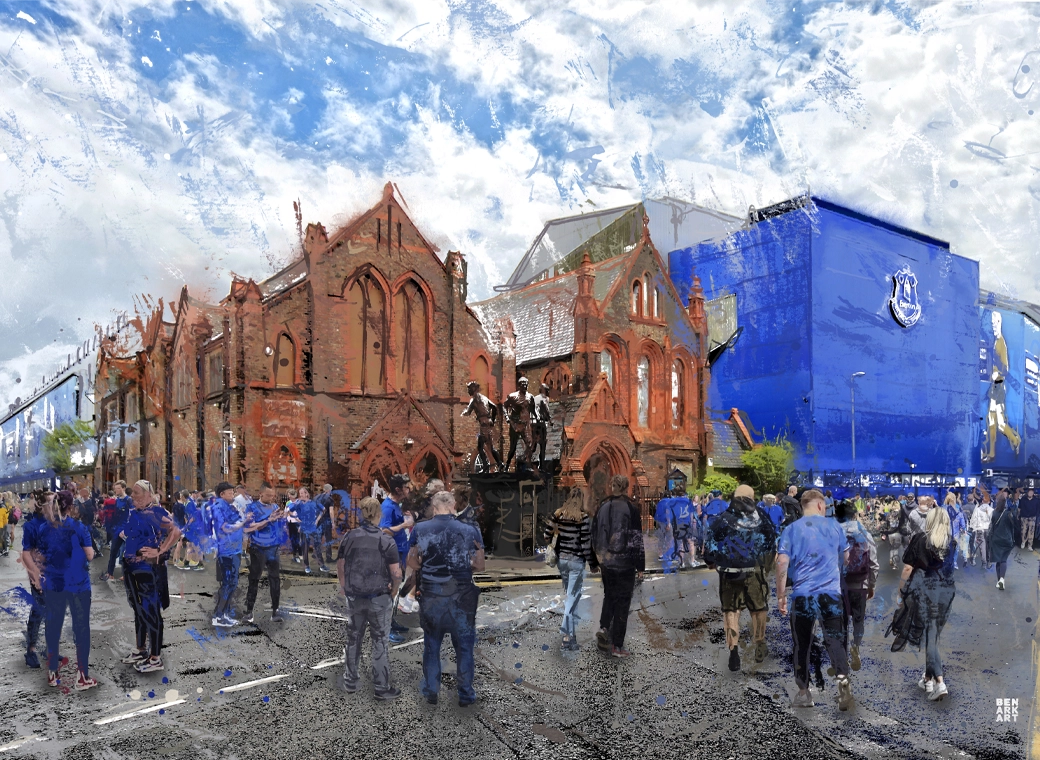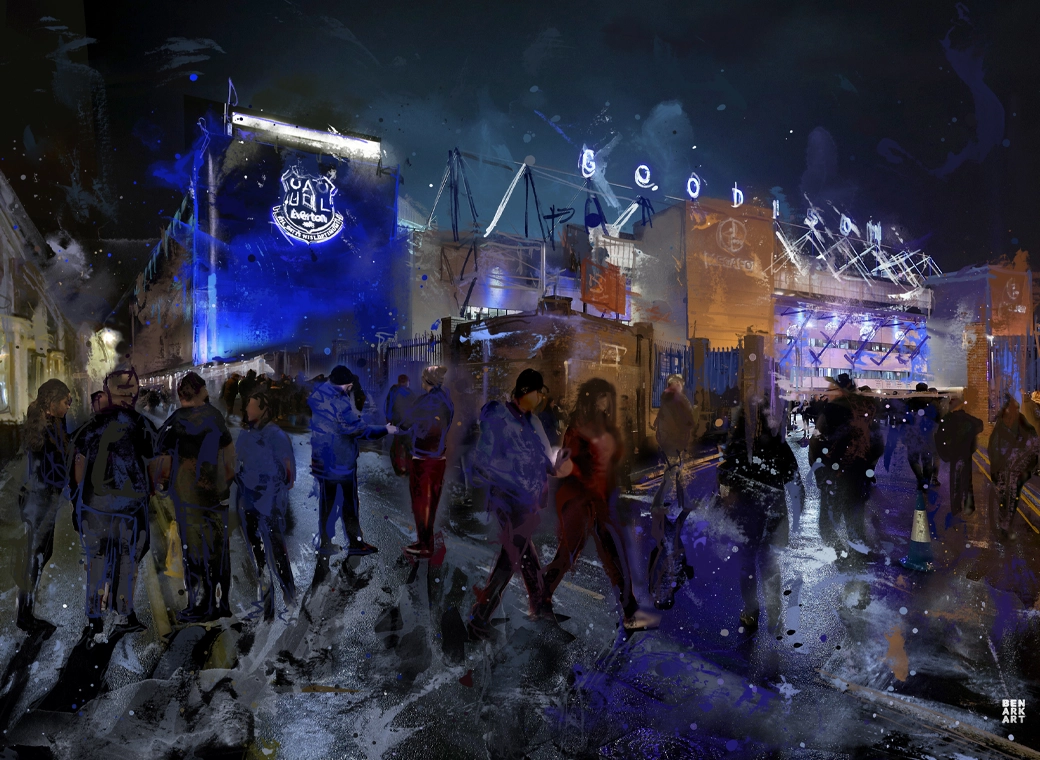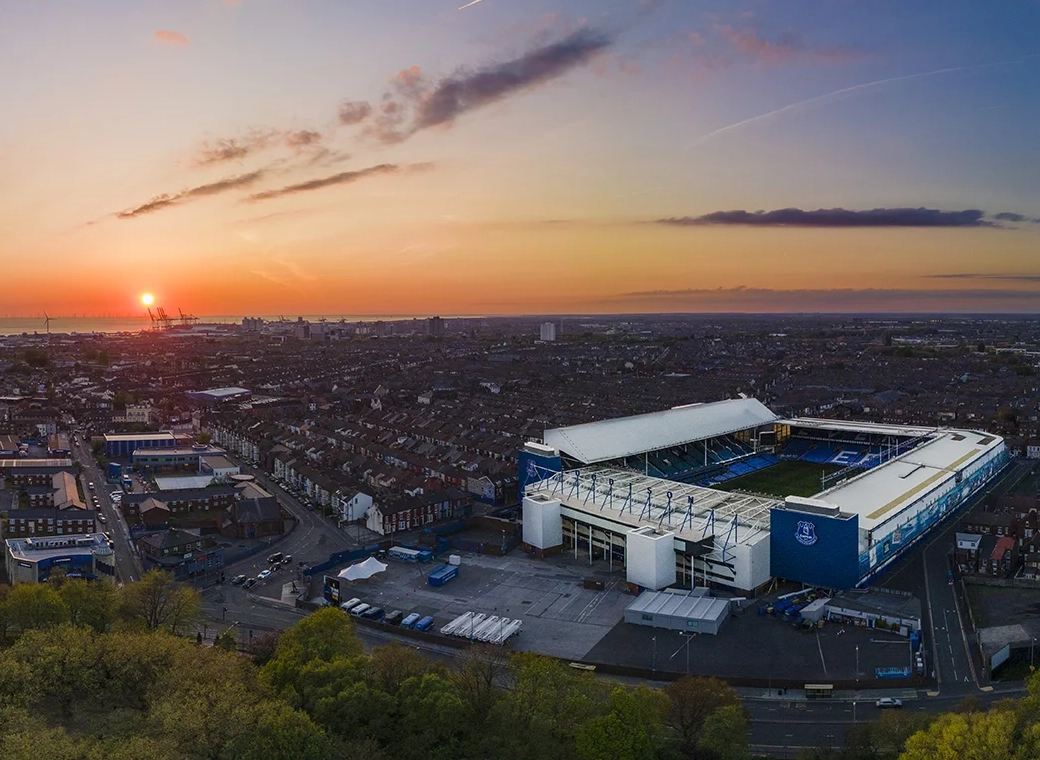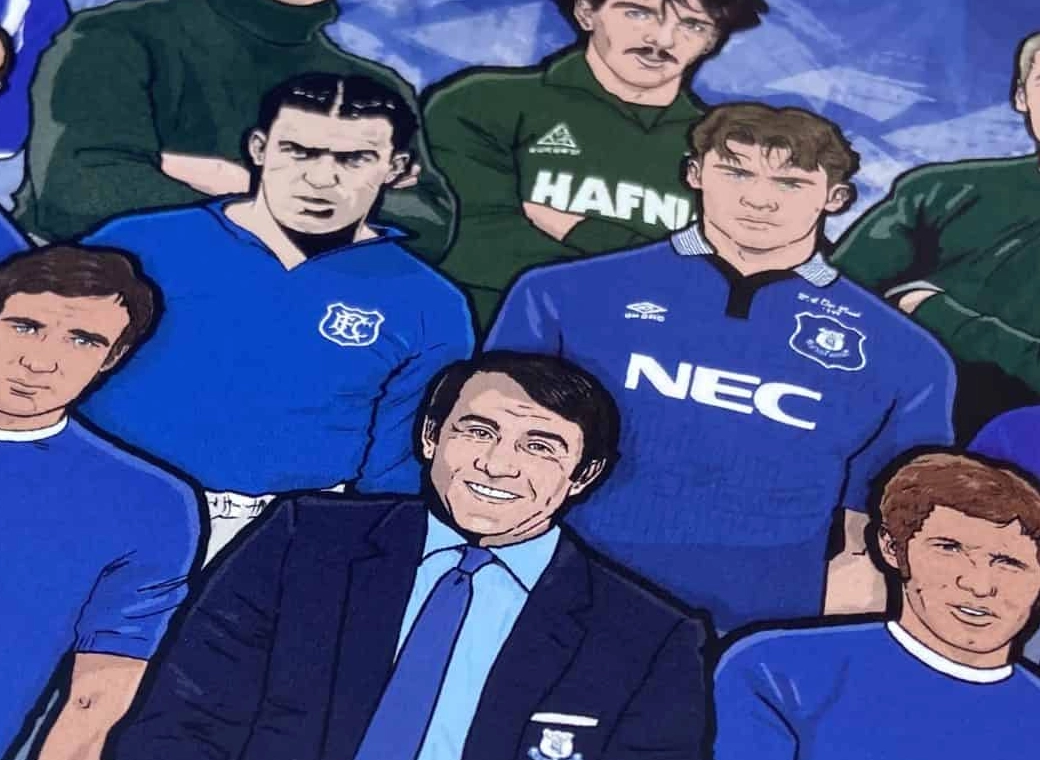The rise and (potential) fall of Martin Ødegaard
WORDS: RAPHAEL HONIGSTEIN
MARTIN ØDEGAARD’S NAME WAS ON EVERYONE’S LIPS AT THE START OF 2015, BUT SINCE THEN HIS CAREER HAS STALLED DRAMATICALLY. THE RED BULLETIN COLUMNIST RAPHAEL HONIGSTEIN LOOKS AT THE RISE AND POTENTIAL FALL OF THE REAL MADRID YOUNGSTER
For a couple of weeks between December 2014 and January 2015,
Martin Ødegaard was the best-known 16-year-old in the
football world. The Norwegian attacking midfielder’s stock was so high at the time that the traditional process by which clubs sign young players was turned on its head.
Europe’s elite sides didn’t ask him to go through trial sessions; it was they who had to prove themselves as the most suitable destination to Ødegaard and his father Hans Erik. The duo’s travels around the continent developed into a bit of media circus, as club after club briefed their respective local reporters that they were in pole position for the much-coveted talent’s signature.
Real Madrid won the Martin Ødegaard casting show in the end. The Spanish giants paid around €3m to Norwegian first division club Strømsgodset IF and unveiled the somewhat camera-shy teenager at a packed press conference on January 22nd.
Arsenal, Liverpool and
Bayern Munich had pushed Madrid for the signature, but the Ødegaard’s saw the Bernabéu as the best choice.
Apart from offering the best financial package, at a starting rate of €2m, the Merengues had a trump card in Real Madrid Castilla, the club’s second team and its star coach
Zinedine Zidane. In contrast to Ødegaard’s suitors in England, Madrid’s second team play in the Spanish third division against ‘proper’ third-tier teams made up of seasoned players. Bayern Munich II only contest matches in the Regionalliga, the fourth tier of German football. In addition, Ødegaard’s contract stipulates that he trains with the first team during the week. It was only a matter of time, the two Norwegians believed, before coach
Carlo Ancelotti would make the prodigious boy wonder from Drammen a regular squad member.
The ear-deafening hype has since been replaced by a rather glum silence. Ødegaard was given his senior debut in Madrid’s 7-3 win over Getafe on the last day of the 14/15 season. Since those 32 minutes, he has not played a game for the first team. Neither
Rafael Benítez nor his successor, Zidane, have seen fit to give the now 17-year-old a chance to shine - the closest he came to was a place on the bench against Levante in March. He hasn’t been called up to any other first team matches either, playing his only senior football in 2016 in an international friendly against Finland (2-0).
Perhaps it was always optimistic to expect more rapid progress at one of the most star-studded clubs, in arguably the strongest league of the world, from a player who’d only started fifteen matches at Stroemsgodset before.
THE FACT THAT HE EARNS (AT LEAST) 20 TIMES MORE THAN HIS MOSTLY SPANISH TEAMMATES NATURALLY MAKES FOR A DIFFICULT WORKING ENVIRONMENT
He stood out “like a ballet dancer between elephants” while playing for the Tippeligaen side in the words of Norwegian journalist
Thore Haugstad. That was never going to happen in a team with Gareth Bale and Cristiano Ronaldo. More worrying for Ødegaard, though, has been his undistinguished form for the B team.
44 games for Real Madrid Castilla B in 16 months have seen a return of just one goal and four assists. It’s impossible to suppress the suspicion that his career has stalled in the Spanish capital.
Why do some youngsters make it and some don’t? It’s one of football’s enduring mysteries. What is clear, however, is that Ødegaard has not been able to progress at Real Madrid Castilla. While reports about other players being envious of the well-paid foreign teenager have always been denied, the fact that he earns (at least) 20 times more than his mostly Spanish teammates naturally makes for a difficult working environment.
One influential official at a club that regularly plays in the Champions League privately believes that second teams don’t help develop young professionals at all. He calls them “talent destruction machines.” They are seen as a negatively charged environment where players don’t play with, but against each other in competition for contracts.
A friend of the family recently revealed that Hans Erik Ødegaard, who accompanied his son to Madrid, has started to wonder whether signing for Los Blancos was the right decision. Maybe regular games at a much smaller, low profile club would have been better? Then again, how could anyone say “no” to Real Madrid?
Ødegaard senior is still hopeful that the situation will change for the better next season, either by going out on loan, preferably to another Spanish team, or by getting more opportunities in the first team. The club are aware of the player’s frustration and have mooted the idea of a new contract to underline their commitment, but negotiations have not yet started in earnest.
There’s a lot of pressure on both sides to get this one right. Madrid don’t want to be seen as the club that harmed (or even ruined) the prospects of Europe’s most gifted child prodigy while the two Norwegians continue to second-guess themselves. Other talented youngsters around the world will be watching with interest next season to see whether Martin Ødegaard can become one of the best-known 18-year-olds in the world, or simply a byword for unfulfilled potential.


